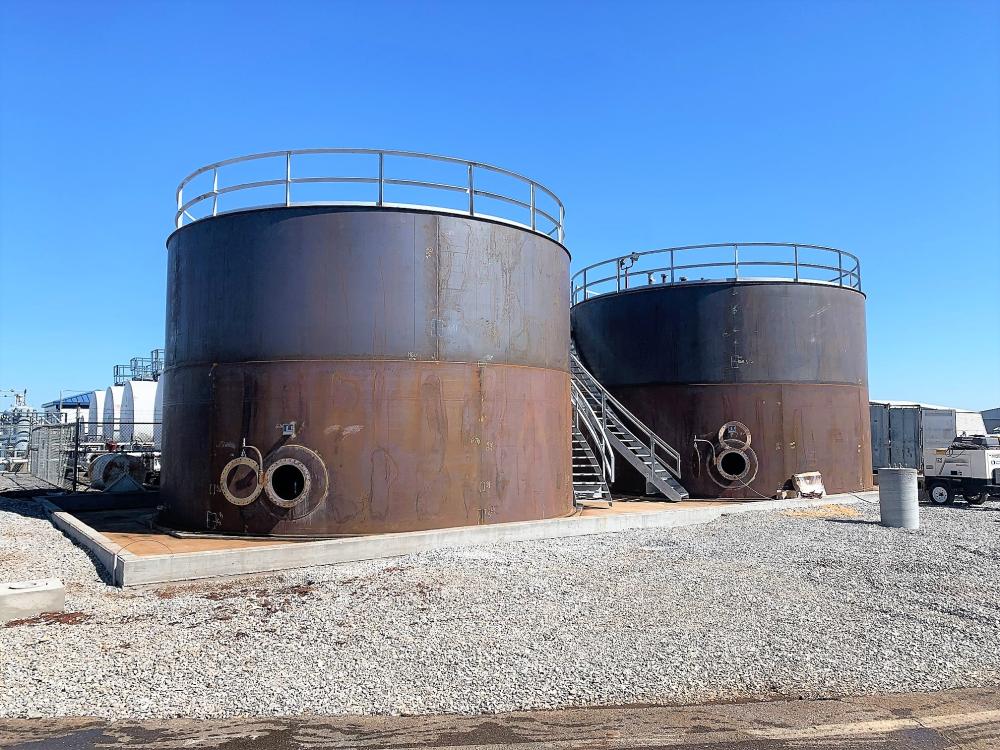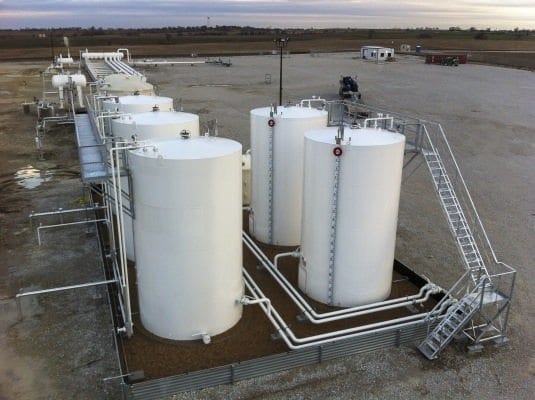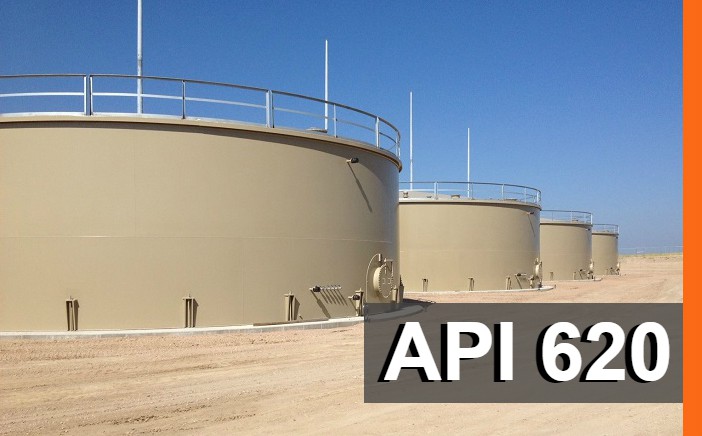A Step-by-Step Consider the Installation Refine of Welding Examination Techniques
Welding examination is a critical process that assures architectural stability and security. The setup of evaluation techniques entails numerous methodical steps, each integral to attaining trustworthy outcomes. From preparation and device choice to conducting aesthetic and non-destructive tests, each stage demands careful focus. Recognizing these treatments can significantly enhance top quality assurance in welding projects. What obstacles occur in implementing these strategies, and exactly how can they be effectively resolved?
Comprehending the Importance of Welding Examination
Welding evaluation is a critical part of guaranteeing architectural integrity and safety and security in building and production processes. This method involves examining bonded joints for defects, ensuring that they meet certain standards and regulations. By methodically gauging weld high quality, assessors can identify problems such as splits, voids, and incomplete combination, which can endanger the toughness and toughness of frameworks.
The importance of welding examination extends beyond instant safety and security concerns; it assists stop pricey failures and prospective dangers in the long-term. Effective evaluation methods foster conformity with sector criteria, thereby enhancing the overall dependability of welded elements. On top of that, a durable assessment procedure adds to keeping the reputation of home builders and suppliers, as it ensures customers of the high quality of their jobs. Eventually, recognizing the relevance of welding examination is critical for advertising risk-free building methods and making sure the durability of vital facilities and products.
Picking the Right Devices for Examination
When selecting the proper tools for assessment, it is vital to ponder the specific demands of the welding procedure and the materials included. Numerous evaluation approaches, such as aesthetic, ultrasonic, and radiographic testing, require distinctive tools tailored to their one-of-a-kind demands. For visual assessments, devices like magnifying calipers and glasses are critical for assessing weld top quality. Ultrasonic screening requires specific devices qualified of sending and obtaining sound waves to discover internal imperfections. Radiographic screening, on the various other hand, utilizes X-ray or gamma-ray sources together with sensitive film or electronic detectors to expose incongruities.
Additionally, personal protective equipment (PPE) is necessary to ensure the security of examiners during examinations. Picking the right devices not just improves the precision of examinations but also contributes to the overall integrity and safety and security of the welding task. A comprehensive understanding of available devices and their applications is necessary for reliable welding assessment.
Getting ready for the Examination Refine
Before initiating the examination procedure, it is important to establish a comprehensive strategy that details the range and goals of the assessment. This plan should include particular requirements that define what constitutes acceptable top quality in the welding job being evaluated. Determining the relevant codes and standards is essential, as they will certainly lead the assessment standards and methods.
In addition, personnel associated with the assessment should be sufficiently trained and certified in welding inspection methods to guarantee reliability and precision. A checklist can be beneficial in organizing the numerous aspects of the evaluation, ranging from equipment preparedness to environmental problems that might affect the assessment.

Logistical factors to consider such as organizing, available sources, and communication between group members ought to be dealt with. By preparing systematically, assessors can enhance the efficiency of the analysis and guarantee that all essential aspects are properly considered prior to waging the inspection itself.
Performing Aesthetic Assessments

Carrying out aesthetic examinations is a vital action in the welding evaluation process, needing mindful prep work to assure effective assessment. Examiners need to know with crucial issue indications that can signal potential issues in weld quality. By focusing on these aspects, one can enhance the overall reliability of the evaluation results.
Getting Ready For Visual Assessment
Aesthetic assessment offers as an essential very first step in the welding examination process, ensuring that any type of prospective problems are identified early (API 650 Welding Inspection). Proper prep work is crucial for reliable aesthetic assessment. Inspectors should begin by assessing pertinent paperwork, including welding procedures and requirements, to comprehend the job requirements. They must collect necessary devices, such as multiplying glasses, flashlights, and suitable individual protective tools (PPE) An extensive exam of the evaluation area is crucial; examiners must validate it is cost-free and tidy of blockages. In addition, it is essential to develop suitable lighting problems to boost exposure of welds. By taking these primary steps, examiners can develop an atmosphere for determining disparities and guaranteeing the honesty of the bonded structures
Secret Issue Indicators
A thorough understanding of crucial defect signs is essential during visual examinations to guarantee the quality and security of welded joints. Inspectors should concentrate on specific indications such as splits, porosity, damages, and incomplete fusion. Splits might show up as sharp lines and can jeopardize structural honesty. Porosity shows up as tiny holes that can deteriorate weld stamina. Undercuts, which are grooves along the weld edge, can bring about stress concentration. Incomplete fusion suggests that the weld metal did not appropriately bond with the base material, causing a weak joint. By methodically determining these defects, inspectors can ascertain conformity with industry criteria and improve the total integrity of welded structures, ultimately adding to much safer operational conditions.
Carrying Out Non-Destructive Evaluating Techniques

Various non-destructive screening (NDT) methods are important to ensuring the honesty of welded frameworks without endangering their performance. These methods enable examiners to assess weld top quality and detect issues without creating damage to the materials being examined. Typical NDT methods include ultrasonic testing, radiographic screening, magnetic particle screening, and color penetrant screening. Each technique serves a particular objective, addressing different kinds of imperfections such as cracks, porosity, or incomplete blend.
Carrying out NDT techniques requires an organized technique, beginning with selecting the proper method based upon the materials and the nature of the weld. Educating employees in these methods is important for exact results. Furthermore, developing clear procedures and requirements guarantees consistency throughout the inspection process. By incorporating NDT right into the welding evaluation operations, organizations can improve the my site dependability of their items while lessening possible risks related to architectural failings. This proactive method inevitably adds to maintaining security and high quality requirements in welded buildings.
Analyzing and documenting Examination Outcomes
Reliable documentation and analysis of examination results are important components of the welding examination process. Exact documents of assessment searchings for article serve as a referral for quality control and conformity with sector standards. API 650 Welding Inspection. Examiners need to utilize digital platforms or structured types to log information such as the kind of weld, inspection approaches used, and any disparities determined during the assessment
Detailed analysis is vital when data is accumulated. This includes contrasting results versus established criteria to determine trends or reoccuring problems. Analytical tools might be utilized to evaluate problems and analyze their effect on overall weld high quality.
Effective interaction of findings to appropriate stakeholders is imperative. Recaps and records need to be clear and concise, highlighting key insights and referrals for corrective actions. By methodically assessing and documenting evaluation outcomes, organizations can cultivate continuous enhancement in welding techniques and boost product integrity.
Often Asked Inquiries
What Qualifications Are Needed to End Up Being a Welding Assessor?
To come to be a welding inspector, one usually requires relevant accreditations such as AWS CWI, in addition to experience in welding techniques, knowledge of welding codes, and proficiency in More Bonuses assessment methods to assure top quality and safety and security criteria.
How Usually Should Welding Inspections Be Performed?
Welding assessments need to be carried out on a regular basis, typically after each weld is completed, and periodically during projects. Factors such as project complexity, industry standards, and governing needs can affect the regularity of these examinations.
What Is the Price of Welding Assessment Providers?
The expense of welding assessment services varies considerably based upon variables such as job place, complexity, and dimension. Commonly, rates range from $100 to $150 per hour, with additional fees for specialized screening and accreditations.
Are There Certifications for Welding Inspectors?
Yes, there are numerous accreditations for welding examiners, including those supplied by the American Welding Society (AWS) and the International Institute of Welding (IIW) These certifications assure examiners possess the essential skills and knowledge for reliable assessments.

Exactly how Do I Pick an Evaluation Solution Company?
To pick an evaluation provider, one must review certifications, experience, market reputation, and client testimonials. Additionally, contrasting solution offerings and rates can help guarantee the picked service provider satisfies details project needs properly.
Additionally, employees involved in the assessment needs to be adequately trained and accredited in welding examination strategies to ensure integrity and precision. Carrying out visual evaluations is a necessary step in the welding inspection process, needing careful preparation to guarantee efficient analysis. Aesthetic examination serves as a vital very first action in the welding evaluation process, guaranteeing that any type of potential flaws are recognized early. Efficient documents and evaluation of assessment results are vital parts of the welding examination process. Welding assessments ought to be performed regularly, commonly after each weld is completed, and occasionally throughout jobs.